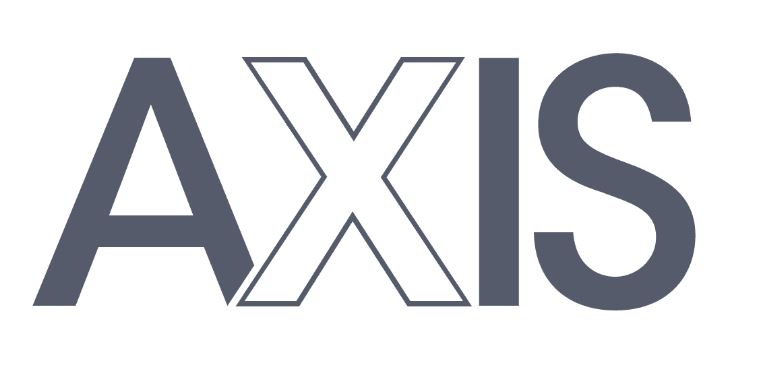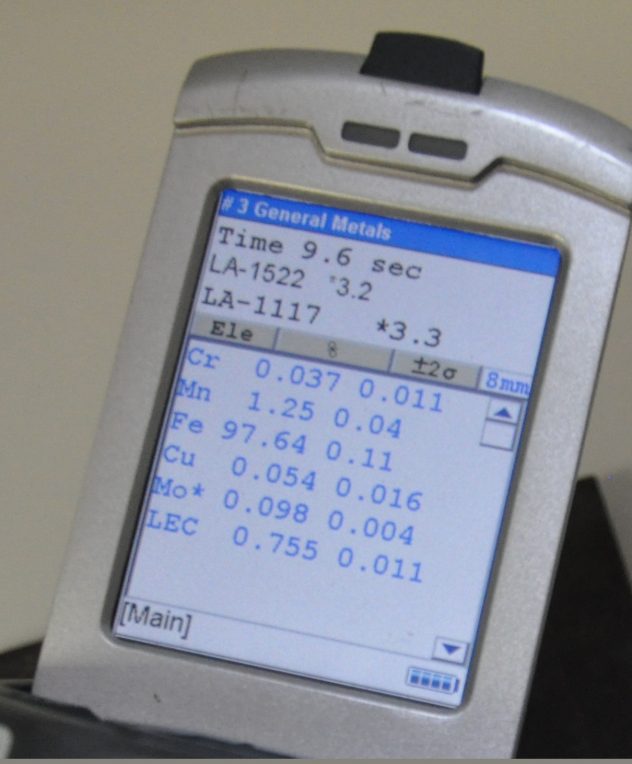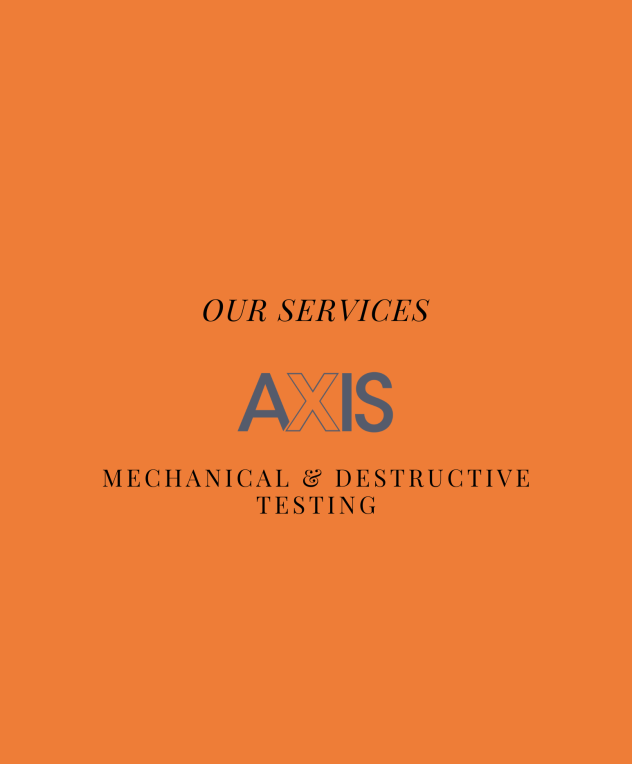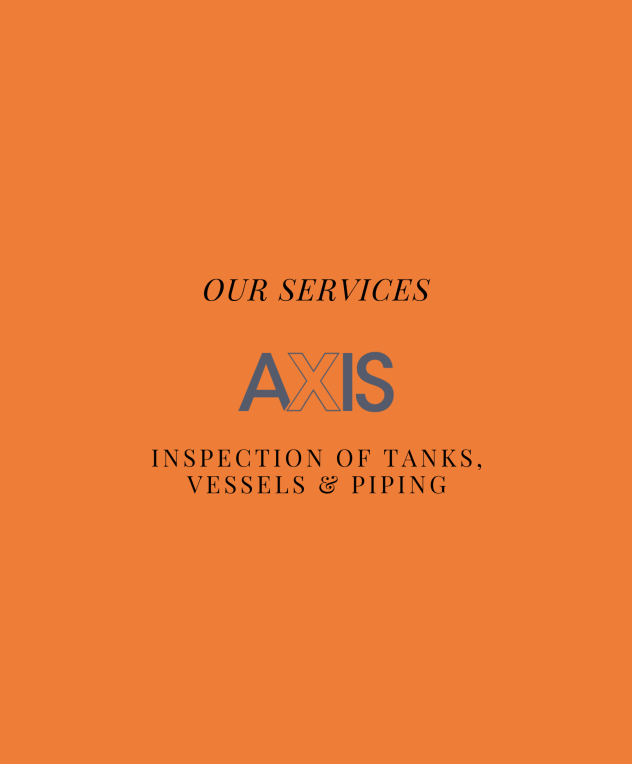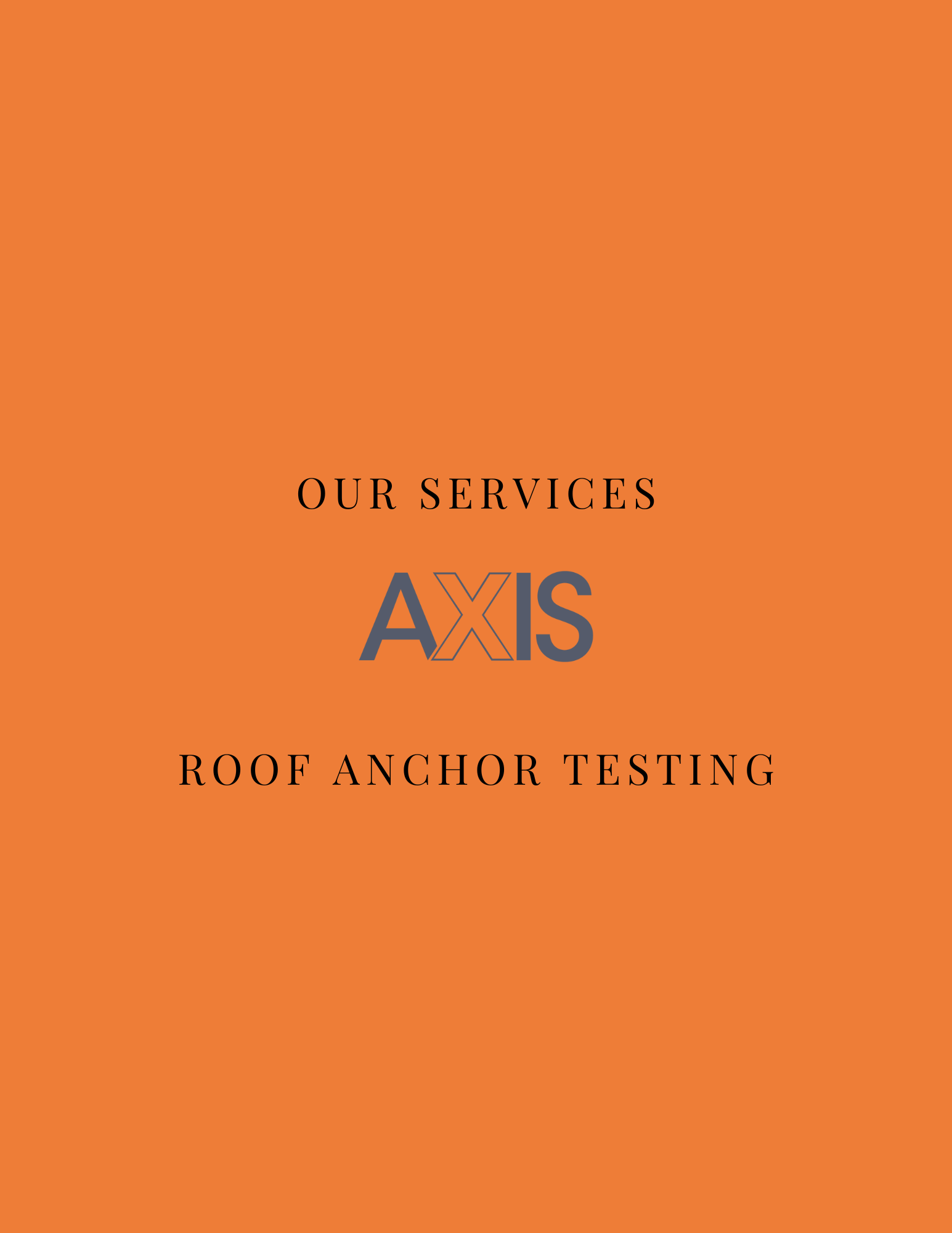
Roof Anchor Testing
Roof Anchor Inspections
Roof anchors are required to be inspected after installation and prior to use. Ongoing Regular inspection of roof anchors is integral to ensuring the safety of any job performed on rooftops.
Why Inspect Roof Anchors?
Compliance with Safety Regulations: Various regulations mandate the use and maintenance of fall protection systems, including roof anchors.
Preventing Accidents: The primary purpose of roof anchors is to prevent falls, which can lead to serious injuries or fatalities. Regular inspections help identify potential issues before they become hazards.
Longevity and Reliability: Roof anchors endure exposure to various weather conditions, wear and tear, and environmental factors. Routine inspections can help extend their lifespan and ensure they remain reliable when needed.
Tips for Maintaining Roof Anchors
Regularly Scheduled Inspections: Establish a routine inspection schedule, ideally before each job or at least once a year. Keep detailed records of all inspections and any maintenance performed.
Training for Personnel: Ensure that all personnel who will be using or inspecting roof anchors are properly trained in safety procedures and inspection processes.
Prompt Repairs: If a problem is detected during an inspection—be it wear, damage, or loose hardware—address it immediately. Don’t wait until the next scheduled inspection to take action.
Environmental Considerations: Be mindful of the environment your roof anchors are exposed to. Harsh conditions such as saltwater, pollution, and extreme temperatures can accelerate wear.
Professional Inspections: Hire Third-Party Certified Inspection professionals to perform periodic inspections. Their expertise can provide an additional layer of assurance regarding the safety of your equipment.
Inspecting roof anchors is a critical aspect of workplace safety for anyone who works at heights. By regularly checking these vital safety devices, you can help prevent accidents, ensure compliance with safety standards, and prolong the life of your equipment. Remember, safety is a shared responsibility—prioritizing inspections and maintenance can protect not only you but also your colleagues and the integrity of your worksite. Stay safe and vigilant!
